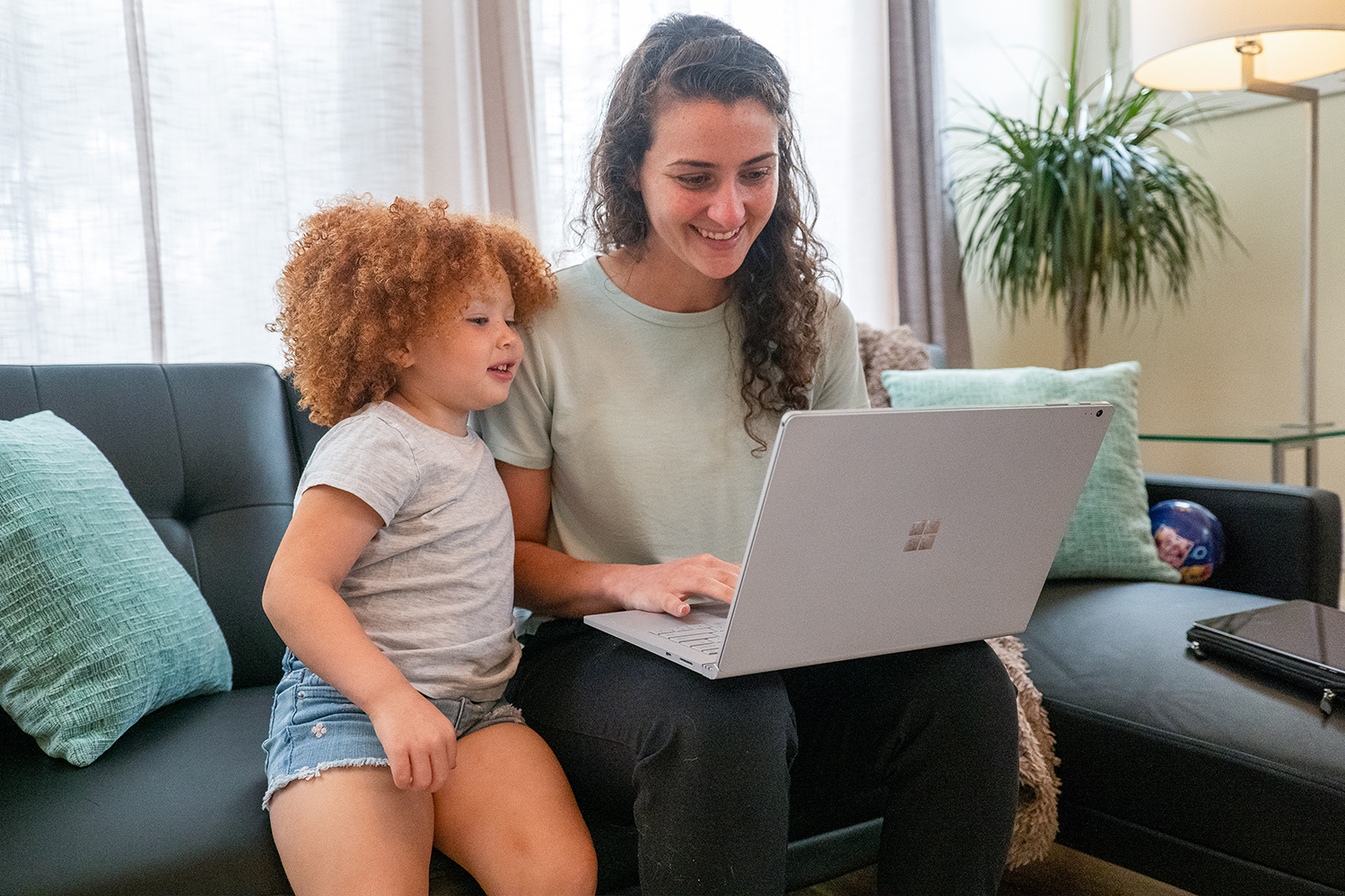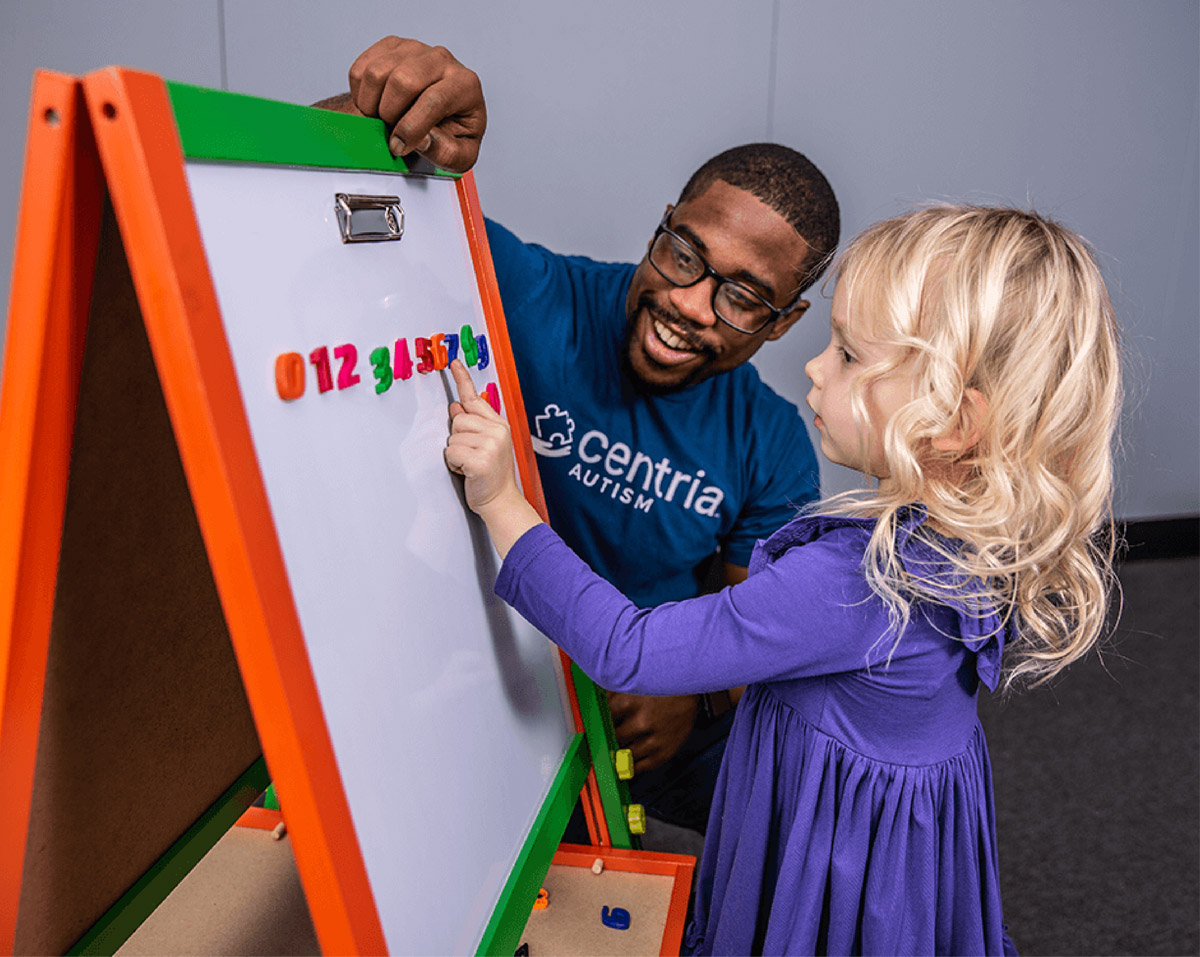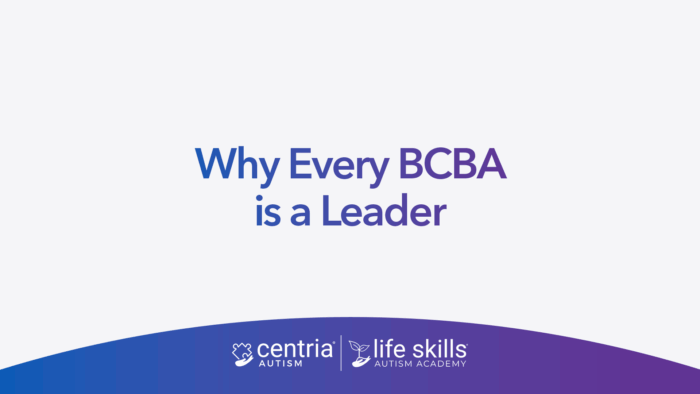Applied Behavior Analysis (ABA) therapy is a well-established, evidence-based approach designed to help individuals with autism develop essential skills and improve their quality of life. Backed by extensive peer-reviewed research and endorsed by the U.S. Surgeon General, ABA is the single most effective treatment shown to lead to substantial, lasting improvements in the lives of children with autism.
What is Applied Behavior Analysis (ABA) Therapy?
ABA is a discipline focused on improving socially significant behaviors by understanding how the environment influences actions. It uses the principles of learning and motivation—specifically, the strategic use of positive reinforcement—to teach new skills and reduce behaviors that interfere with a child’s learning or quality of life.
The core aim of ABA is to increase helpful behaviors (like communication, social skills, and daily routines) and decrease unhelpful behaviors (like aggression, self-injury, or persistent tantrums).
How ABA Works: The Core Principle
ABA teaches that behaviors are strengthened when they are followed by something the child values (a reward). This process is known as positive reinforcement. By focusing on positive reinforcement and individualized strategies, ABA therapy helps children with autism learn new behaviors, enhance communication and navigate social interactions effectively.
Positive Reinforcement means that a preferred item, praise, or activity is given immediately after a desired behavior, making that behavior more likely to occur in the future. Rewards must be meaningful to the child. For example, if your child successfully uses their words to ask for a preferred toy instead of pointing and whining, you immediately say, “I love how you used your words!” and give them the toy for a few minutes. By consistently reinforcing appropriate responses, the child learns that the new, helpful behavior is the most efficient way to get their needs met.
RELATED: Questions to Ask Before Starting ABA Therapy
Key Benefits of ABA for Children with Autism
ABA therapy is structured, intensive, and data-driven, leading to measurable improvements in development.
- Improvement in Communication Skills: ABA helps children develop verbal and non-verbal communication skills, enabling them to express their needs, desires, and emotions more effectively. For instance, a child who previously pulled a parent’s hand to the fridge might learn to use a picture card or say “juice, please,” giving them a more effective way to express needs.
- Enhancement of Social Skills: Through structured interactions, children learn how to engage with others, understand social cues, and build meaningful relationships.
- Reduction of Problematic Behaviors: ABA therapy focuses on replacing challenging behaviors with positive alternatives. By identifying the function (purpose) of a behavior, therapists can teach a safer, more appropriate skill to serve the same function.
- Development of Adaptive Living Skills: ABA therapy also focuses on teaching essential adaptive living skills, such as self-care, organization, and daily routines, which are crucial for independence and overall quality of life.
- Better Learning and Academic Skills: Therapy improves foundational learning readiness, including attention, focus, and following instructions.
Tailoring ABA: Why Customization is Crucial
Effective ABA is profoundly personalized and must be tailored to the child’s unique needs, strengths, and family culture. The therapy plan is flexible and evolves as your child progresses.
Components of an Effective, Individualized Program
- Assessment and Goal Setting: The process begins with a detailed assessment of your child’s strengths, challenges, and needs. A Board Certified Behavior Analyst (BCBA) collaborates with you to set meaningful, achievable goals.
- Individualized Treatment Plan: Each therapy plan is customized to address your child’s specific behaviors and developmental goals.
- Data-Driven Adjustments: BCBAs collect data during every session on target skills. This continuous monitoring and implementation ensures necessary adjustments are made to maximize progress.
- Lasting Progress and Adaptability: The goal is to ensure that the skills your child learns in therapy are displayed across various settings, such as home, school, and community environments, to promote lasting progress and adaptability (generalization).
The Essential Role of Parent Training and Involvement
Experts agree that family involvement is crucial to the success of ABA therapy. Parent and family engagement in the treatment planning is very important, as you know your child best, and your family’s goals will be incorporated into the therapy plan.
Practical Strategies for Parents to Use at Home
- Consistent Reinforcement: Be predictable with rewards. The more consistent you are, the faster your child will learn the new behavior. When your child calmly asks for a drink (a desired behavior), immediately deliver the drink and a hearty praise. If they point or whine, gently redirect their action and prompt the appropriate verbal request.
- Prompting and Fading: Use the least amount of help necessary to get the correct response, and then gradually reduce that help. For instance, when teaching your child to zip their coat, you might initially place your hands over theirs to guide the motion (a physical prompt). As they improve, you switch to a gesture, and finally, no help at all (fading).
- Using Visual Supports: Use pictures, symbols, or written words to provide structure and clarify expectations, reducing confusion and anxiety. A good example is using a Visual Schedule on the refrigerator to show the evening routine: “Eat Dinner > Brush Teeth > Read Book > Bed.” The child checks off or removes each visual as the activity is completed.
RELATED: How to Prepare for Your Child’s First Day of ABA Therapy
Partnering for Potential
ABA therapy is more than just a technique; it is a personalized, evidence-based intervention that relies on a strong partnership between clinical experts and the child’s family. Understanding its core principles and individualized applications empowers caregivers to be active participants in the therapeutic process. The goal is always to cultivate essential skills that lead to greater communication, meaningful relationships, and lifelong independence.
Active participation in ABA training sessions provides caregivers with the essential support and education needed to reinforce the child’s learning at home. This crucial collaboration with the clinical team is the most effective way to amplify a child’s independence, ensure skills generalize across all environments, and ultimately maximize the long-term benefits of ABA treatment. The family’s dedication to consistency proves key to unlocking the child’s fullest potential.





